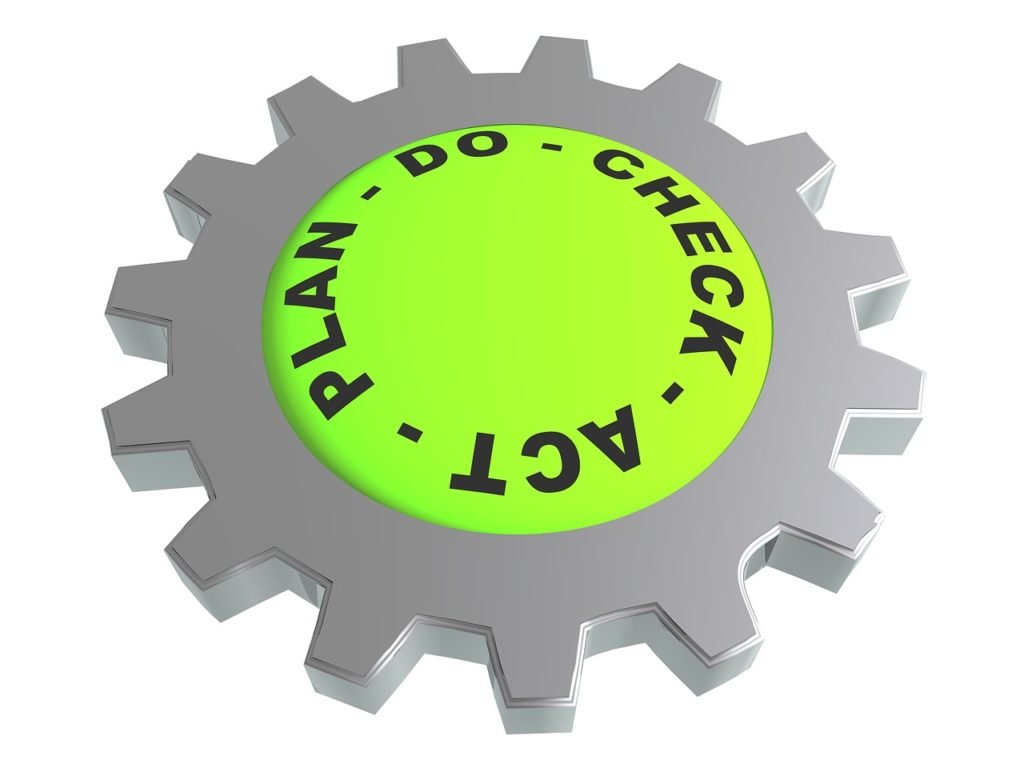Embarking on the seas of quality control and process improvement involves navigating the waves of the PDCA (Plan-Do-Check-Act) cycle. This narrative aims to make the journey as accessible as setting sail on a modern adventure for anyone eager to understand the steps leading to excellence.
The Blueprint – Why the PDCA Cycle Matters
Before plotting the course, it’s crucial to understand why the PDCA cycle is the blueprint for success. In this section, we explore the importance of this cycle in quality control. It’s like having a solid map before embarking on a grand voyage.
Understanding the significance of the PDCA cycle lays the foundation for its application. This section provides an overview, setting the stage for the exploration of the narrative of planning, doing, checking, and acting in pursuit of excellence.
Plotting the Course – Planning in the PDCA Cycle

With the sails unfurled, the first step in the PDCA cycle is planning. In this section, we delve into the nuances of planning, and understanding how to chart the course for process improvement. It’s like preparing the navigation charts before setting sail.
Understanding the process of planning is crucial for laying the groundwork. This section explores how organizations can plan effectively within the PDCA cycle, emphasizing the importance of setting clear objectives and identifying potential challenges.
Setting Sail – Doing in the PDCA Cycle
Once the course is plotted, it’s time to set sail into action. In this section, we explore the steps of obtaining an understanding of how to execute the plans laid out. It’s like navigating the ship through the waters of implementation.
Understanding the process of doing involves executing plans effectively. This section explores how organizations can translate their plans into action within the PDCA cycle, emphasizing the importance of coordination and teamwork.
Navigating the Waters – Checking in the PDCA Cycle
As the ship sails, it’s essential to navigate the waters with vigilance. In this section, we explore the checking phase, understanding how to assess progress and ensure alignment with objectives. It’s like using navigational instruments to stay on course.
Understanding the process of checking involves evaluating results and adjusting the course if needed. This section explores how organizations can check effectively within the PDCA cycle, emphasizing the importance of data analysis and continuous monitoring.
Steering the Ship – Acting in the PDCA Cycle
When challenges arise, it’s time to adjust the sails. In this section, we explore the acting phase, understanding how to make informed decisions based on the check results. It’s like steering the ship to overcome obstacles and reach the destination.
Understanding the process of acting involves making timely adjustments to improve processes. This section explores how organizations can act effectively within the PDCA cycle, emphasizing the importance of learning from experiences and refining strategies.
Conclusion: Navigating the Seas of Excellence
The PDCA cycle is a voyage where each step, decision, and adjustment contributes to the narrative of achieving excellence. From understanding the blueprint to plotting the course, setting sail, navigating the waters, and steering the ship, each part is a journey in the pursuit of quality control and process improvement.